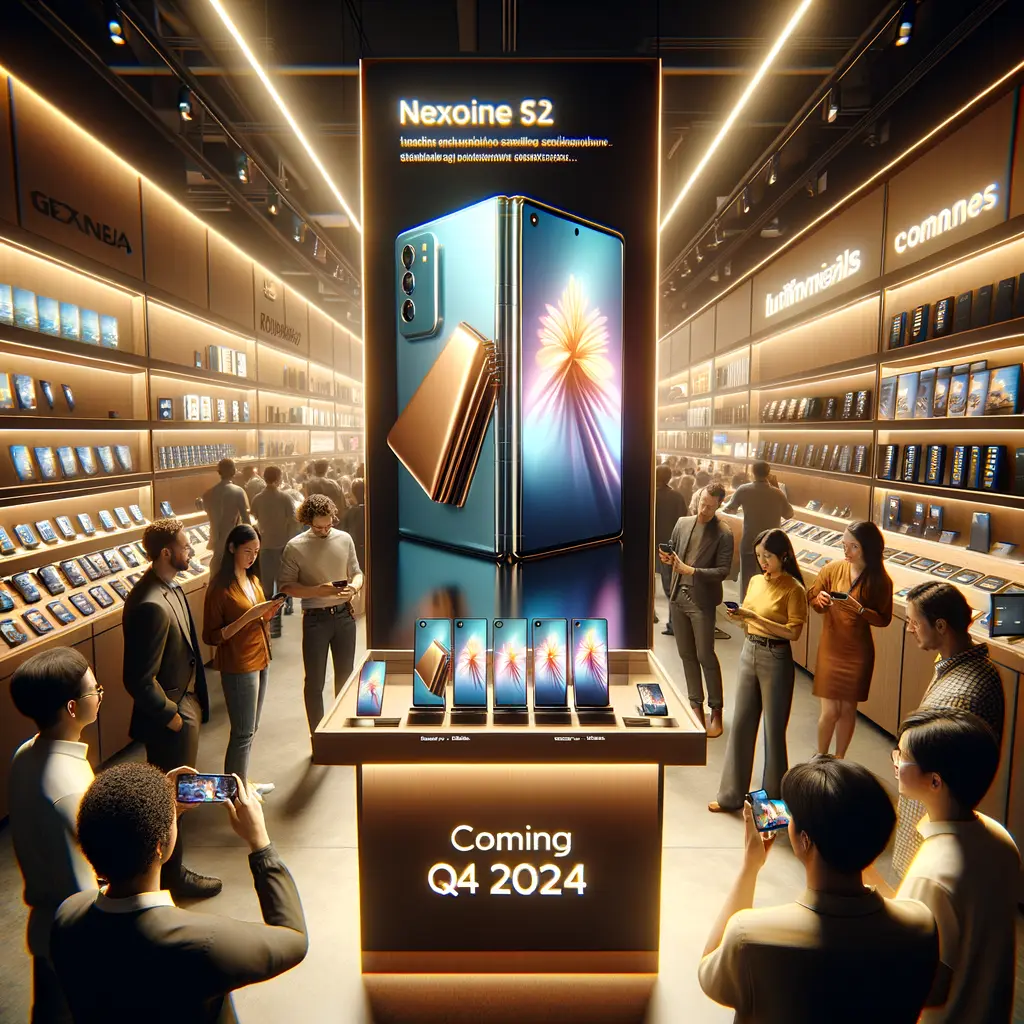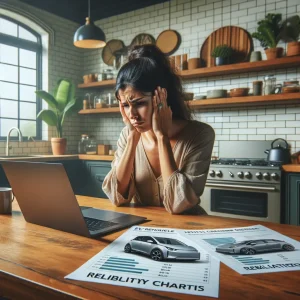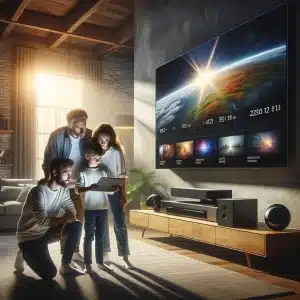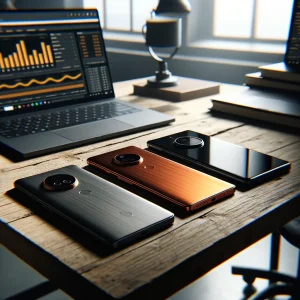Meet the Samsung Galaxy G Fold: Why This Trifold Matters
Samsung just gave us our first official glimpse of its ambitious Samsung Galaxy G Fold, and the tech world is buzzing. Unlike the familiar Z-series, the G Fold is a true trifold—three panels that collapse into a pocket-sized slab yet expand into a roomy 10-inch tablet. That engineering leap positions Samsung squarely ahead of rivals working on similar concepts. In the leaked One UI 8 animation, we see a cover display in the center panel, a camera island on the left, and a blank hinge-only segment on the right. The animation also hints at smart fold-direction warnings: close left-to-right or get haptic feedback telling you to try again. Little touches like that show Samsung’s hard-earned experience from five generations of Z Fold devices.
Why should everyday users care? First, the protected-screen “G”-style fold tucks all displays safely inside, reducing scratch risk versus Huawei’s outward-folding Mate X-line. Second, folded thickness and weight appear competitive with today’s two-panel foldables, meaning you won’t need a tablet sleeve to carry it. Finally, Samsung’s massive marketing muscle—and rumored $5,000 preorder sweepstakes—suggest the company is serious about bringing this tech to mainstream early adopters. Throughout this post we’ll dive into design, Galaxy G Fold specs, software tricks, and, of course, the all-important Samsung G Fold price. Buckle up for an authoritative breakdown of the world’s most anticipated Samsung trifold phone.
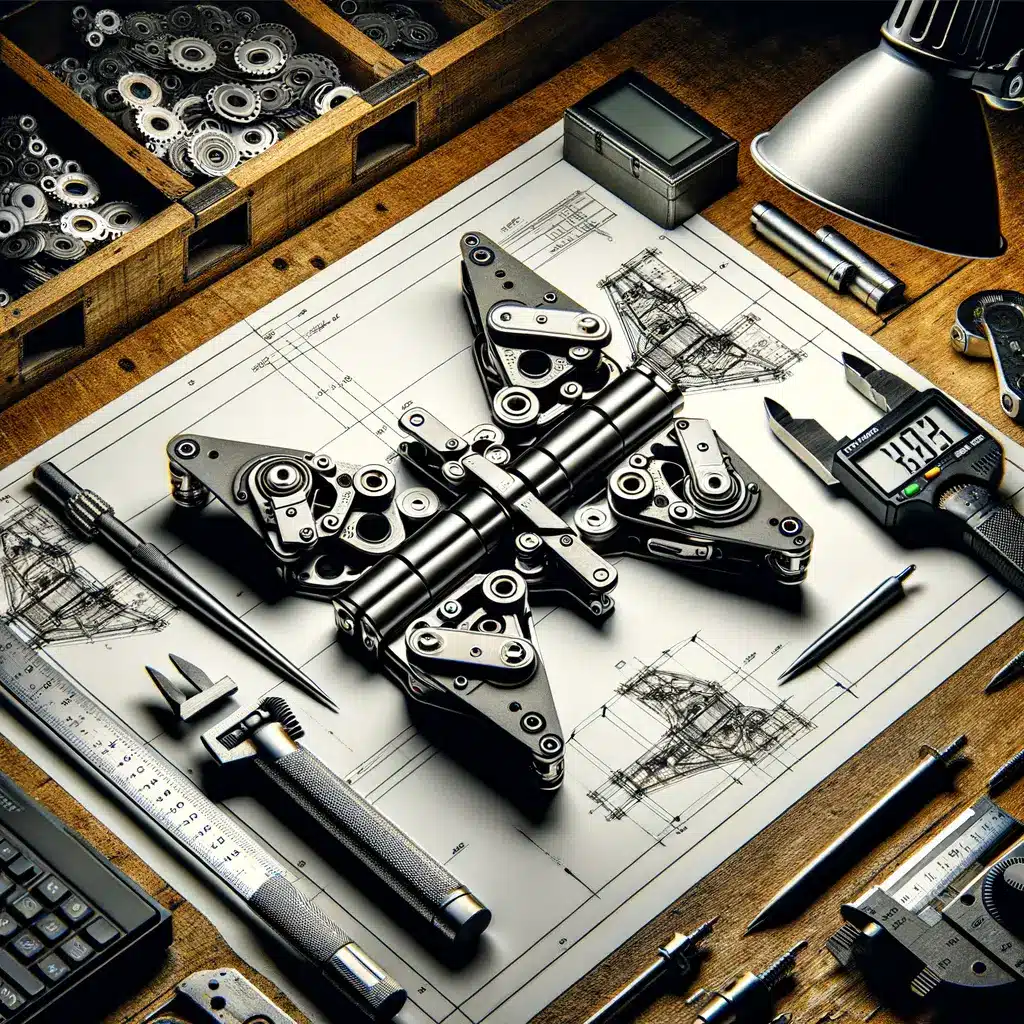
Design & Folding Mechanics: The “G” Shape Explained
At first glance the Samsung Galaxy G Fold resembles a stretched Z Fold, but the engineering story is far more sophisticated. Picture three discrete aluminum frames connected by two asymmetric hinges. When closed, the panels form a neat “G” shape—camera island on the outside left, cover screen protected inside, and the right panel wrapping last to seal the bundle. That inward folding pattern does two crucial things: it shields the flexible OLED from scratches and positions the weight balance directly in your palm, producing a surprisingly comfortable 298-gram (rumored) handset.
Samsung’s One UI 8 animation also reveals a built-in folding safeguard. Because the hinges differ in radius, attempting to close the right panel first leaves an air gap that could kink the display. Samsung solves this with on-device sensors that trigger vibration alerts if you fold in the wrong sequence. It’s a small yet critical detail that reflects lessons learned from the original Galaxy Fold’s infamous screen failures.
The chassis retains signature Samsung touches: polished Armor Aluminum rails, an integrated side-mounted fingerprint scanner/power key, and tactile volume rockers. IPX8 water-resistance remains unconfirmed, but industry insiders say Samsung targets at least splash protection comparable to the Z Fold 7. Combine that durability promise with Gorilla Glass Victus 2 on the cover display and you’ve got a Samsung trifold phone ready for real-world pockets—not just showroom demos.

Displays & Cameras: Tablet Immersion in Your Pocket
Open the Samsung Galaxy G Fold and you’re greeted by a cinematic 10-inch Dynamic AMOLED 2X panel—larger than an iPad mini but collapsible to smartphone size. Ross Young of DSCC reports a 6.5-inch 120 Hz cover display with a familiar 19.5:9 aspect ratio, so typing, WhatsApp chats, and mobile games feel immediately natural. Inside, the expansive tablet canvas supports Samsung S Pen Fold Edition, multitasking with three resizable windows, and Samsung DeX over USB-C.
Camera hardware mirrors the Galaxy Fold 7: a 200 MP ISOCELL HP2 main sensor, 12 MP ultra-wide, and 10 MP 3× telephoto—plenty of firepower for a first-gen form factor. Samsung has also kept an inner punch-hole selfie camera. Some critics prefer no inner camera, yet it shines during Flex Mode video calls: half-fold the phone, set it on a desk, and chat hands-free. On the cover you still get a standard 10 MP shooter for quick snapshots.
Early developers note that Samsung’s Camera Assistant module in One UI 8 already reserves special stabilization settings for “MultiFold,” hinting at optimized image processing when the device is partly flexed for tripod-style shots. Such attention to detail illustrates Samsung’s holistic approach—hardware, software, and user ergonomics—in its flagship Samsung foldable tablet phone.
[Embed the YouTube video here in WordPress to give readers the visual walkthrough of everything discussed above.]
Performance, Battery & Hardware: Can It Power a Trifold Future?
While Samsung keeps chipset details under wraps, reliable leaker Ice Universe claims the Samsung Galaxy G Fold will ship with Qualcomm’s Snapdragon 8 Gen 4 for Galaxy—an overclocked variant paired with 12 GB or 16 GB of LPDDR5X RAM and up to 1 TB UFS 4.0 storage. Those specs align with premium flagship expectations and ensure the trifold’s 10-inch canvas runs DeX, Adobe Lightroom, or three parallel apps without frame drops.
Battery capacity sparks debate. South Korean supply-chain sources suggest a 5,400 mAh dual-cell pack—slightly smaller than Huawei’s 5,600 mAh Mate X 5 but still robust. Samsung compensates with 45 W wired charging and 25 W Fast Wireless Charging 2.0, plus Wireless PowerShare for topping up Galaxy Buds3 or the new Galaxy Watch 8. Expect around 11 hours of mixed tablet use—a trade-off early adopters may accept for game-changing versatility.
Thermals are another engineering hurdle. A vapor-chamber cooling plate reportedly spans both hinge spines, allowing even heat dissipation when the phone is folded or open. Add Wi-Fi 7, Bluetooth 5.3 LE Audio, and mmWave 5G, and you have a Samsung foldable tablet phone that doubles as a productivity workstation. Samsung Knox Vault hardware encryption remains, making the device compliant with enterprise security standards. In short, Samsung prepared the silicon and battery muscle to match the grand vision of its first commercial trifold.

One UI 8 on a Trifold: Software Intelligence That Guides the Fold
Hardware is only half the story; the other half is One UI 8, Samsung’s latest Android 15 skin optimized for larger, adaptive displays. The Samsung Galaxy G Fold debuts “MultiFold Launcher,” a taskbar that morphs depending on which panels are open. Fold left-to-right and the OS automatically launches apps in preset triptych views—think Outlook calendar on the left, Teams chat on the right, and a floating Spotify widget.
The OS also integrates a “Smart Fold Coach” overlay. If you attempt to bend the wrong segment first, soft haptics and an on-screen arrow prompt the correct motion. Over time, machine learning analyzes your folding habits and suggests shortcuts. For instance, frequently open the device flat at 8 a.m.? One UI 8 can preload Google Docs and Slack to speed up your morning workflow.
Samsung extends its partnership with Google to ensure third-party apps scale gracefully. YouTube scales from portrait to 16:10 landscape without black bars; Google Meet automatically shifts cameras when you half-fold into Flex Mode. Microsoft Office, Canva, and Adobe Acrobat already appear in Samsung’s beta compatibility list.
If you’re curious about Samsung DeX features, check our in-depth guide on turning the Z Fold 7 into a desktop PC—many tips apply directly to the G Fold. We also recommend our article on optimizing battery health for foldables to get the most out of your Samsung trifold phone.
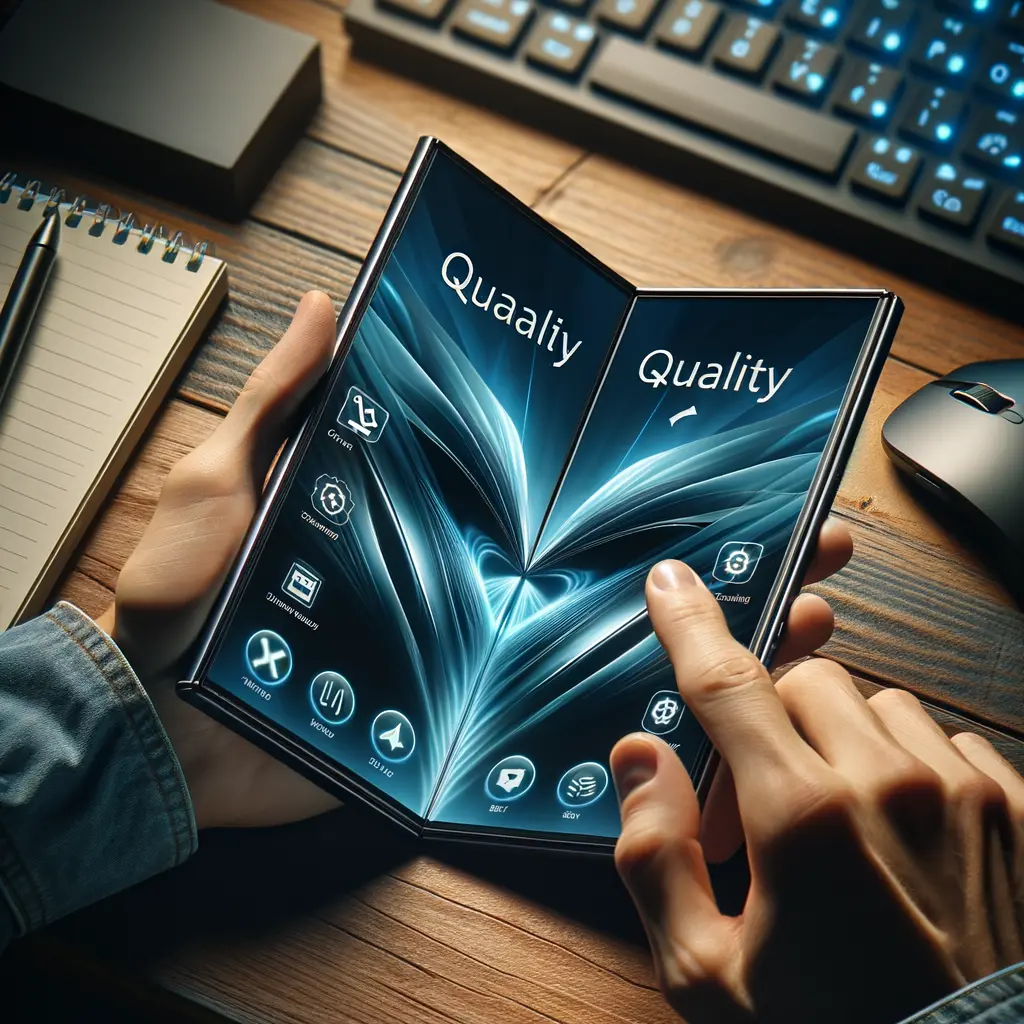
Price, Release Timeline & Final Thoughts: Is the G Fold Worth It?
Let’s talk numbers. Analysts forecast the Samsung G Fold price to start north of $2,500 in the United States, reflecting cutting-edge hinges, multiple OLED panels, and limited initial production. Expect a staggered rollout: teaser at Unpacked alongside the Galaxy Fold 7, preorders in select markets by Q4, and broader availability early next year once supply ramps up. Samsung may bundle $200 trade-in credits and a year of Samsung Care+ to sweeten the deal—similar perks boosted early Z Fold sales.
Should you buy? If you crave a phone that morphs into a 10-inch tablet without compromise, the Samsung Galaxy G Fold is poised to deliver the biggest leap in foldables since the original Fold in 2019. Corporate road warriors will appreciate running PowerPoint, Outlook, and DeX on the go; creatives can sketch on a near-square canvas; commuters can binge Netflix on a mini theater screen. Yes, it will be thicker and heavier, and first-gen pricing stings, but innovation always carries a premium.
For readers eyeing alternatives, check our comparison of Samsung trifold phone versus Huawei Mate X 5 and our deep dive into Galaxy Fold 7 durability upgrades. Ultimately, Samsung’s meticulous hinge design, robust Galaxy G Fold specs, and mature software ecosystem suggest the company has cracked the trifold code. Keep an eye on Unpacked—Samsung might just redefine mobile computing once again.
